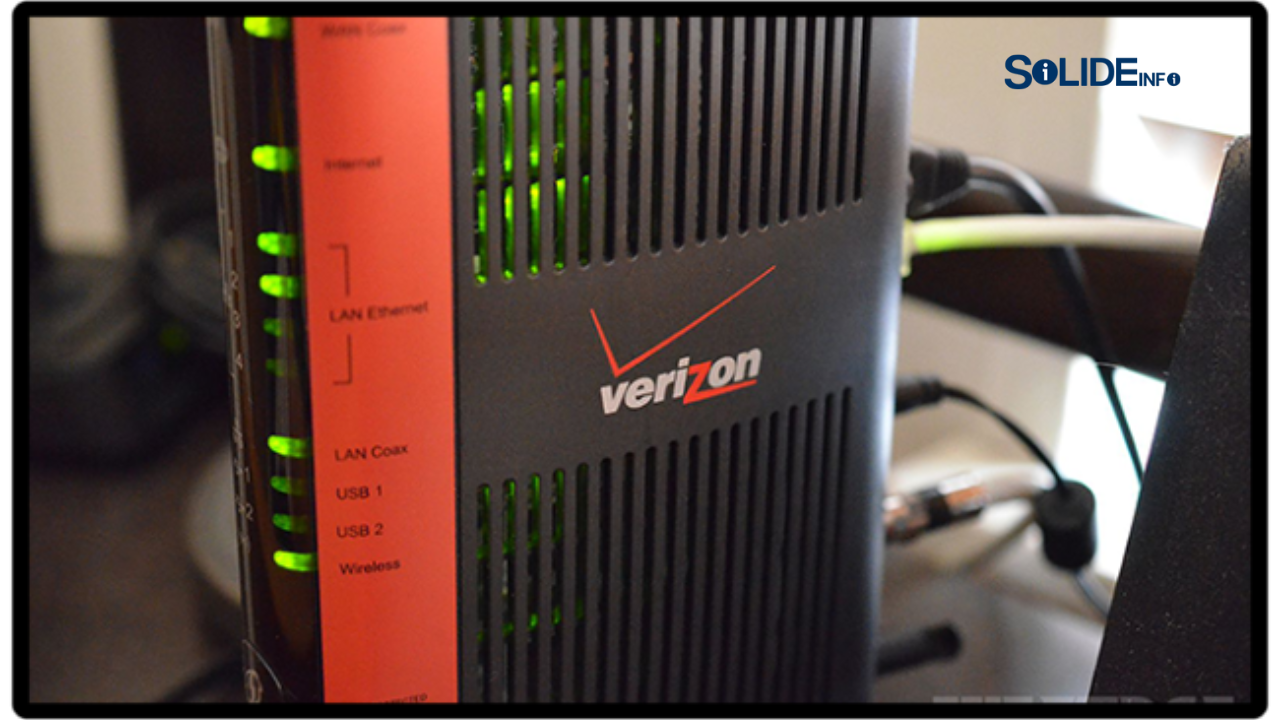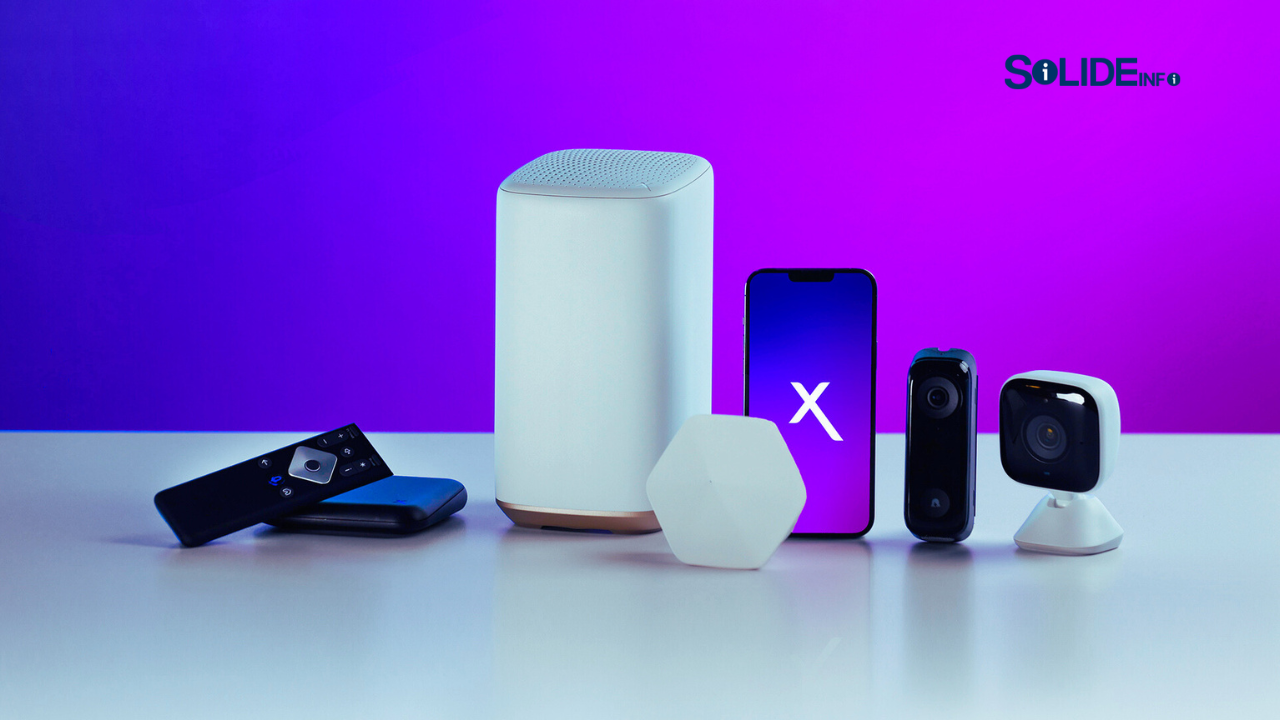The digital transformation sweeping across industries has fundamentally altered how organizations operate, communicate, and deliver value to customers. At the heart of this transformation lies the Internet of Things, a revolutionary network of interconnected devices that has redefined the boundaries between physical and digital environments. Today’s enterprises increasingly rely on IoT systems to collect real-time data, optimize operational efficiency, and create innovative service offerings that were previously impossible.
The integration of IoT technology into business operations represents more than a technological upgrade; it signifies a strategic shift toward data-driven decision making and intelligent automation. Organizations across manufacturing, healthcare, retail, and logistics sectors have discovered that IoT implementations can provide unprecedented visibility into their operations, enabling proactive management and predictive maintenance strategies that significantly reduce costs while improving performance outcomes.
This technological evolution has created new opportunities for competitive advantage while simultaneously presenting complex challenges that require careful strategic planning and execution. Understanding how IoT fits within the broader digital ecosystem has become essential for business leaders seeking to maintain relevance and drive growth in an increasingly connected marketplace.
The Strategic Impact of IoT on Modern Business Operations

The proliferation of connected devices has fundamentally transformed how organizations collect, analyze, and act upon operational data. Manufacturing facilities now deploy thousands of sensors that monitor equipment performance, environmental conditions, and production quality in real-time. This comprehensive data collection enables predictive maintenance programs that prevent costly equipment failures and reduce unplanned downtime by up to forty percent in many industrial applications.
Supply chain management has experienced particularly significant improvements through IoT implementation. Logistics companies utilize connected tracking devices to monitor shipment locations, environmental conditions, and delivery timelines with precision that was previously unattainable. This enhanced visibility allows for proactive problem resolution, improved customer communication, and optimization of delivery routes based on real-time traffic and weather conditions.
Healthcare organizations have leveraged IoT devices to improve patient outcomes while reducing operational costs. Remote monitoring systems enable healthcare providers to track patient vital signs, medication compliance, and recovery progress without requiring frequent in-person visits. This approach has proven especially valuable for managing chronic conditions and post-surgical care, allowing medical professionals to intervene quickly when concerning trends emerge in patient data.
Retail environments have embraced IoT technology to enhance customer experiences and optimize inventory management. Smart shelving systems automatically detect when products are running low and trigger reorder processes, while customer tracking systems provide insights into shopping patterns and preferences. These capabilities enable retailers to maintain optimal inventory levels while personalizing marketing approaches based on actual customer behavior data.
Technological Infrastructure and Integration Challenges
The successful deployment of IoT systems requires robust technological infrastructure capable of handling massive volumes of data transmission and processing. Organizations must carefully evaluate their network capacity, data storage capabilities, and analytical tools to ensure they can effectively leverage the information generated by connected devices. Edge computing has emerged as a critical component in many IoT architectures, enabling real-time processing of data closer to its source and reducing the bandwidth requirements for centralized systems.
Integration with existing enterprise systems presents significant challenges that require careful planning and execution. Legacy systems often lack the APIs and data formats necessary for seamless IoT integration, necessitating middleware solutions or system upgrades that can be costly and time-consuming. Organizations must balance the desire for comprehensive connectivity with the practical limitations of their current technological infrastructure.
Security considerations become increasingly complex as the number of connected devices grows exponentially. Each IoT device represents a potential entry point for cyber attacks, requiring comprehensive security protocols that extend beyond traditional network perimeters. Organizations must implement device authentication, encrypted communication protocols, and continuous monitoring systems to protect both their operational data and customer information from malicious actors.
Data management strategies must evolve to accommodate the volume, velocity, and variety of information generated by IoT systems. Traditional database architectures often prove inadequate for handling the continuous streams of sensor data, requiring investment in specialized platforms designed for time-series data and real-time analytics. Organizations must also establish clear data governance policies to ensure compliance with privacy regulations while extracting maximum value from their IoT investments.
Future Implications and Strategic Considerations
The continued evolution of IoT technology will likely accelerate the pace of digital transformation across all industries. Artificial intelligence and machine learning algorithms are becoming increasingly sophisticated at analyzing IoT-generated data, enabling automated decision-making processes that can respond to changing conditions faster than human operators. This evolution toward autonomous systems will require organizations to rethink their operational processes and workforce development strategies.
Emerging technologies such as 5G networks and edge computing platforms will significantly enhance the capabilities of IoT systems by reducing latency and increasing processing power at the device level. These improvements will enable new applications that require real-time responsiveness, such as autonomous vehicles, industrial robotics, and augmented reality systems that blend physical and digital experiences seamlessly.
The regulatory landscape surrounding IoT deployments continues to evolve as governments grapple with privacy, security, and interoperability concerns. Organizations must stay informed about changing regulatory requirements and ensure their IoT strategies remain compliant with applicable laws and industry standards. This regulatory evolution will likely influence technology selection and implementation approaches in significant ways.
Strategic planning for IoT initiatives requires a comprehensive understanding of both current capabilities and future possibilities. Organizations that approach IoT implementation as part of a broader digital transformation strategy are more likely to achieve sustainable competitive advantages than those that view it as isolated technology deployment. The most successful implementations typically involve cross-functional collaboration between IT, operations, and business strategy teams to ensure alignment with organizational objectives.
The Internet of Things has established itself as a fundamental component of the modern digital business environment. Organizations that effectively harness IoT capabilities while addressing associated challenges will be well-positioned to thrive in an increasingly connected and data-driven marketplace. The key to success lies in developing comprehensive strategies that align IoT investments with broader business objectives while maintaining focus on security, integration, and scalable growth.



